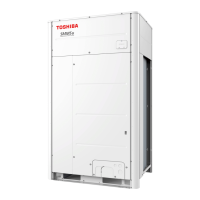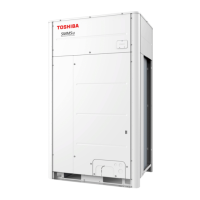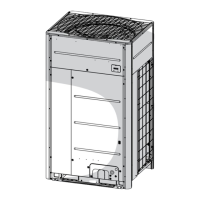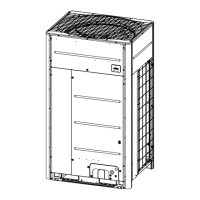How to fix a check code on a Toshiba MMY-MUP0801HT8P-E remote controller related to terminator resistor?
- AAutumn TranNov 24, 2025
A check code displayed on your Toshiba Air Conditioner remote often indicates a problem with the terminator resistor or communication lines. Here's how to troubleshoot: * **Terminator Resistor (SW100):** Verify the SW100 bit 1 or bit 2 setting on the header unit. For multiple refrigerant lines, turn on SW100 bit 1 of only the connected header unit for one line and turn on SW100 bit 2 of all the header units. If there is no connection between multiple refrigerant lines: Turn off SW100 bit 1 and turn on bit 2. Note that the factory default is SW100 bit 1 is off, bit 2 is off. * **Communication Line:** After address setup, if communication from all indoor units is interrupted, check and correct any disconnection of the indoor/outdoor communication line (the communication line between the...








